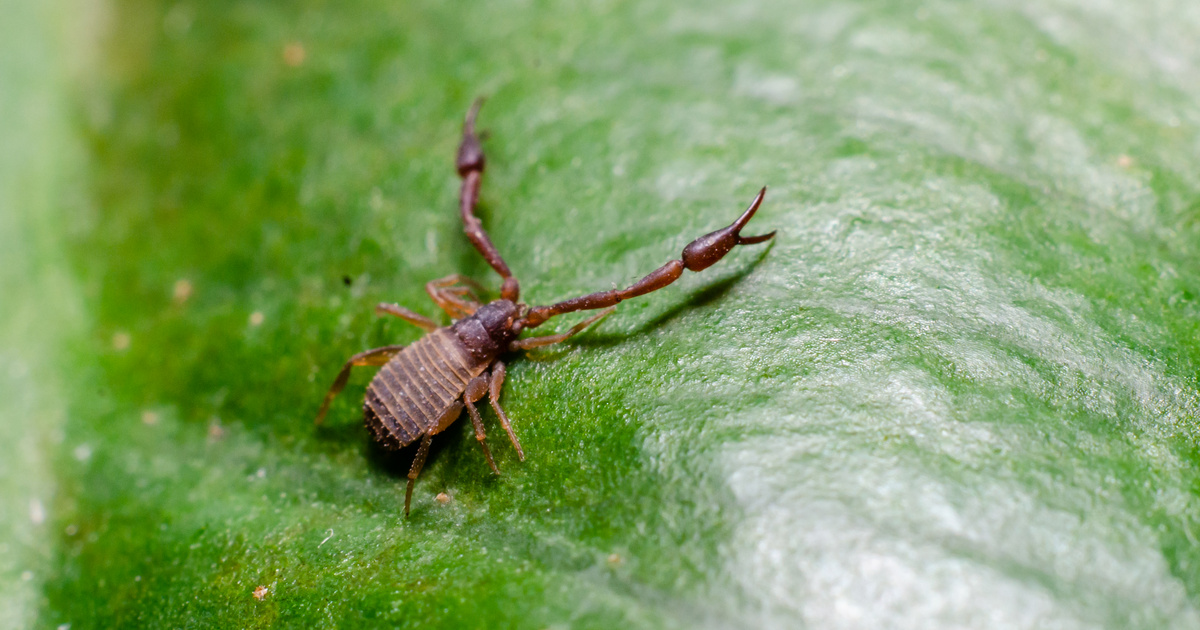The false scorpion has been identified in one of the amber lip stones. This discovery comes from the late Cretaceous period, approximately 86.3 to 83.6 million years ago. The researchers presented a scientific description of the fossil in the professional journal Cretaceous Research.
Ancient False Scorpion Janusz Nowak, ELTE Department of Zoology and Ecology; It was recently discovered by a research group in collaboration with Marton Szabó, Museum of Paleontology and Geology of the Hungarian Museum of Natural Sciences, and Attila C., a faculty member in the ELTE Department of Paleontology – ELTE reported to MTI on Wednesday.
False scorpions belong to the class of arachnids, and they closely resemble scorpions, but are much smaller and do not have venomous stings.
According to the advertisement, they are predators and feed on small arthropods. Although they are among the oldest small terrestrial arthropods, only 14 of the 25 extant families are known from fossils, most of which live in Eocene European cairns.
Amber stone is the fossilized resin of once-living plants, in which in many cases smaller or larger animal and plant parts are preserved, these are called inclusions. The type of amber known as ajkite was one of the “by-products” of former coal mining at Ajka, and since local coal mining ceased in 2004, it is considered particularly rare.
Extremely rich In excavations Lip area
Pieces containing arthropod inclusions have been published for years, and inclusions of spiders, beetles, wasps, dipterans and cockroaches have also been found to date. Ajka coal is also extremely rich in other fossils, hence a large number of mollusk fossils are known, but also vertebrate remains, including dinosaurs.
The newly described false scorpion species represents a new species, which researchers have named Ajkagarypinus stephani. The name refers to the site and to amateur fossil collector István Szabó, who presented the fragment of the lip containing the inclusions to science.
Unfortunately, the case is not complete, and the back body of the animal is almost entirely missing. However, the available morphological characters were sufficient to describe the pseudolabial scorpion as a new species and genus.
Janos Nowak, head of the research, was quoted in the announcement.
Ajkagarypinus stephani is a member of the Garypinidae family of false scorpions, whose living members live mainly in tropical and subtropical regions of the world, and are usually found in wet debris, under tree bark or stones. The lip scorpion is the second oldest known member of the family Garypinidae to date.
An ancient false scorpion with its lips closed is included in the fossil collection of the Hungarian Museum of Natural Sciences. Research work continues examining new lip blemishes. The research was supported by the Hungarian Dinosaur Research Group (ELTE), the German Electron Synchrotron (DESY, Hamburg) and the National Office for Research, Development and Innovation.














































